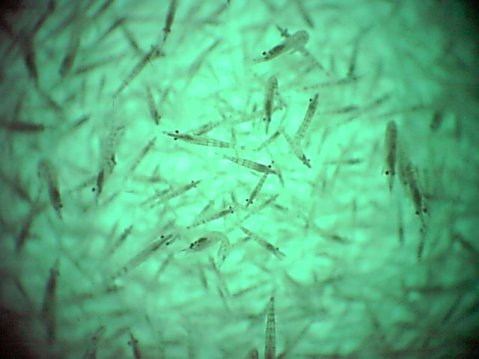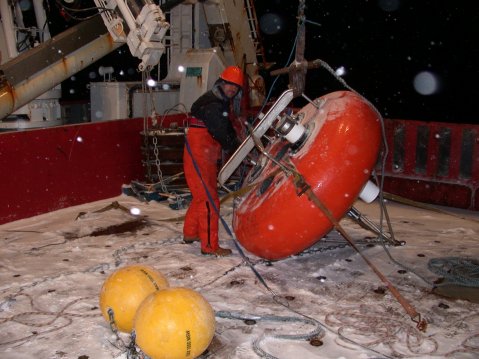Shopping for food in the ocean

A Scottish scientist is part of an international study into how marine animals ‘shop’ for food deep within the ocean.
The marine biologist from the University of St Andrews took part in the new study which has revealed fresh insights into the hunting strategies of predator behaviour in the ocean. The largest project of its kind, the research suggests sharks and other marine animals find food using similar search patterns that humans employ.
The international study, involving the analysis of marine predators such as sharks, tuna, cod, sea turtles and penguins, examined the distribution patterns of prey and found that predators evolved a search `rule’ to get the best possible results from foraging expeditions.
The St Andrews’ researcher collaborated with the British Antarctic Survey to study sea-living prey in a remote and hostile location at South Georgia in the South Atlantic Ocean.
Dr Andrew Brierley, of the University’s School of Biology Gatty Marine Lab, said, “How sea-living predators such as fish, penguins, seals and turtles find food beneath the waves in the vast expanses of the open ocean has been a mystery for many years. Finding food in the sea is a much more difficult challenge than on land, where food distributions are predictable and visible.”
Published tomorrow by `Nature’, the study describes a special pattern of random movement called the `Levy Walk’, where predators move in a series of small motions and large jumps to new foraging locations. The St Andrews’ team gathered data on Antarctic krill, a type of plankton eaten by seals and penguins. They found large regions of the sea with no krill, but some closely neighbouring regions with high abundances.

Dr Brierley explained, “This new study has revealed that the hunting strategies that predators follow match closely to the natural distributions of plankton prey. Predators often hunt by making long initial journeys into a new feeding area – think of catching the bus in to a new town to look for a restaurant. This is followed by a series of smaller jumps to harvest the prey in that region, like walking from the chip shop to the burger van in the same town.
“Once all the prey is consumed in the first location, predators then move on in a long jump in search of a new feeding location – a bit like getting a taxi home to raid the fridge after closing time. Predators using Levy search strategies locate food 14% more efficiently than random hunters, and this might give them the edge in the competitive natural world.”
Dr Brierley and his colleagues deployed moored echosounders for many months at South Georgia. South Georgia is a rich krill habitat – and was the location of a major whale fishery in the early 20th C – but is a hostile location swept by fierce storms. Its remote and hostile position made it impossible to study year-round from conventional research vessels. The moored echosounders monitored krill abundance every minute or so for up to a year, and delivered a completely new insight to patterns of changing krill abundance at the island.
As well as contributing to the new study, the St Andrews’ data will be used in new fishery management plans in South Georgia aimed at minimising the impact of commercial fishing activities for krill on predators including penguins and seals that depend on krill for food.
ENDS
NOTE TO EDITORS:
DR BRIERLEY IS AVAILABLE FOR INTERVIEW ON 01334 463458 OR EMAIL [email protected]
NOTE TO PICTURE EDITORS:
IMAGES ARE AVAILABLE FROM THE PRESS OFFICE – CONTACTS BELOW.
Issued by the Press Office, University of St Andrews
Contact Gayle Cook, Press Officer on 01334 467227 / 462529, mobile 07900 050 103, or email [email protected]
Ref: Shopping for food 270208
View the latest University press releases at www.st-andrews.ac.uk
Category Research